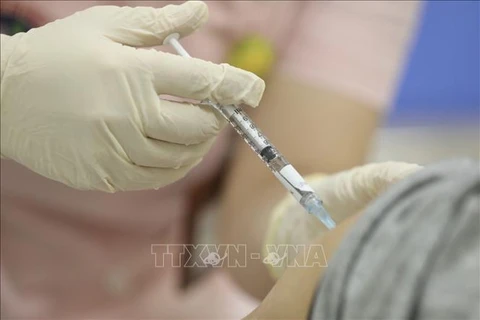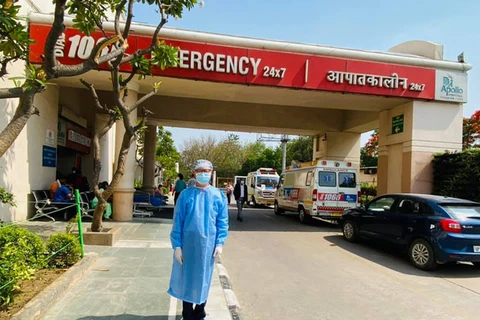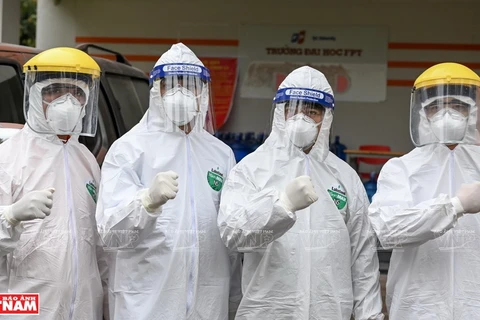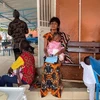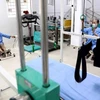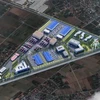Hanoi (VNA) - The situation during the COVID-19 outbreak showed that when the preventive medicine network collapsed, the heavy load fell on the treatment system. At some point, hospitals had to close and were unable to admit new patients as the grassroots preventative healthcare system could not withstand the heavy load.
During the outbreak of COVID-19, hospitals had to close their doors to new patients. Only appointed specialized hospitals could receive patients referred by grassroots health facilities. The important role of the grassroots healthcare network has been demonstrated like never before.
However, the alarm was sounded after overloading at health facilities at the grassroots level when the COVID-19 “tsunami” swept through the region.
Few localities invest in grassroots healthcare network
According to National Assembly deputy Pham Khanh Phong Lan from Ho Chi Minh City, a member of the NA’s Committee for Social Affairs, despite the regulations on budget allocation to preventive medicine, the number of localities that utilized the regulations could be counted on the fingers of one hand.
Therefore, Lan called for a consistent and uniform policy from the Government down to the Health Ministry on grassroots healthcare.
“The past period of the pandemic showed if we cannot solve the essential issue of grassroots healthcare, we will continue to react passively. Building a grassroots healthcare system requires not only money but also quality personnel. The current 30% ratio for the healthcare budget for preventive and grassroots treatment is actually not high considering the real needs,” Lan said.
Deputy Chau Quynh Dao from Kien Giang said the COVID-19 pandemic was a test of the importance and weaknesses of the grassroots healthcare system and preventive medicine. The deputy underlined a shortage of personnel and urged management agencies to adopt appropriate policies to address the problem.
She suggested incentives for medical workers of grassroots healthcare establishments, such as giving them financial and time support to receive training, promoting social investment in preventive medicine to raise incomes of medical workers.
Nguyen Tri Thuc, a NA deputy of HCM City and Director of Cho Ray Hospital, said despite the very important role, grassroots healthcare establishments have not received due investment.
He urged the NA and the Government to promulgate policies to develop the healthcare network and suggested rotating medical workers from central and provincial-levels to grassroots level.
Preventing break-down of grassroots healthcare
Deputy Lan noted that during the COVID-19 outbreak, when the preventive medicine network collapsed, the heavy load fell on the treatment system. At some point, hospitals even had to close and were unable to admit new patients.
The three branches of healthcare are treatment, supply and preventive medicine, of which preventive medicine is the foundation. “When the foundation is weak, the network will stumble, and even collapse,” Lan said.
The Health Ministry admitted that there is not yet an effective financial mechanism to facilitate the development of grassroots healthcare. The current mode of budget allocation based on number of staff, beds and administrative costs as well as the method of health insurance payment are not appropriate.
The rate of patients receiving medical checks and treatment at district and communal level health care facilities is around 70% but the payment for health insurance for those levels accounts for only 30% of the health insurance fund.
According to the ministry, the State budget has focused on hospital construction and equipment purchase during recent years to address rising demand for medical treatment. This means they have failed to make appropriate investments in preventive medicine and grassroots health care. Many localities have not followed the guidelines of spending at least 30 percent of the State budget on preventive medicine.
Statistics of the Health Ministry show there are 11,112 communal health stations, 624 district hospital and 44 central hospitals./.




